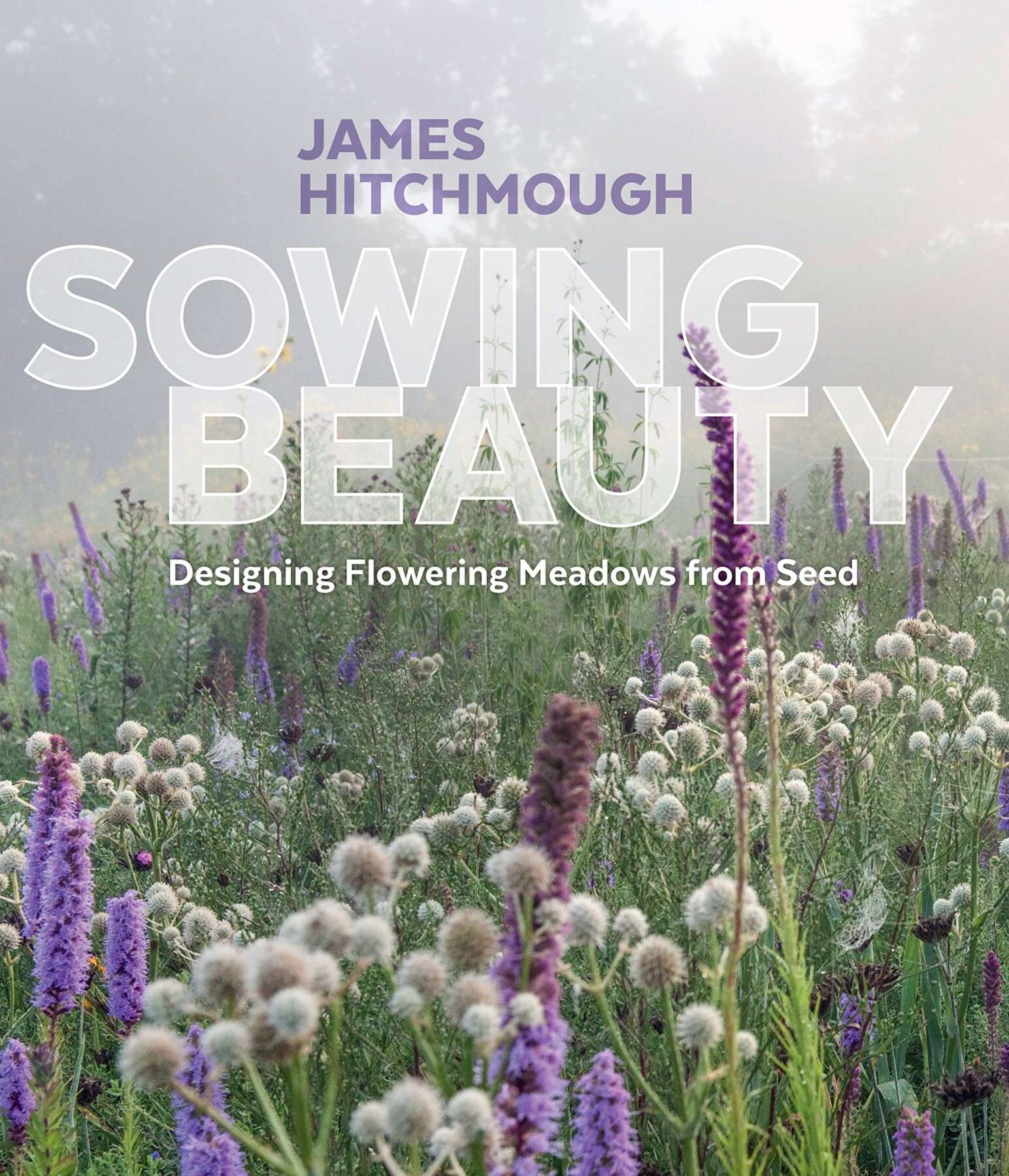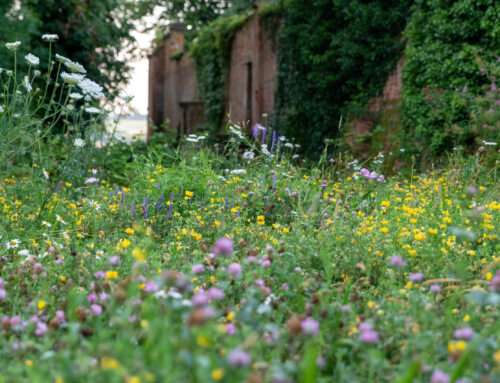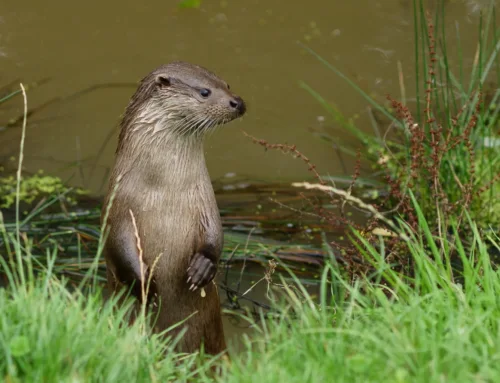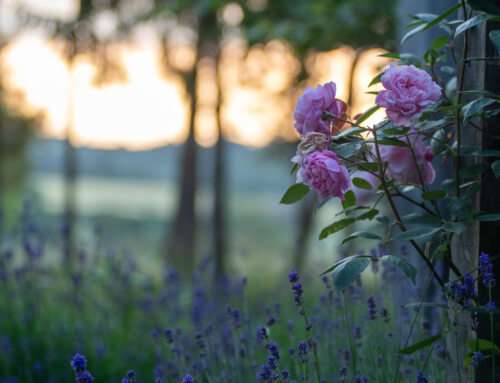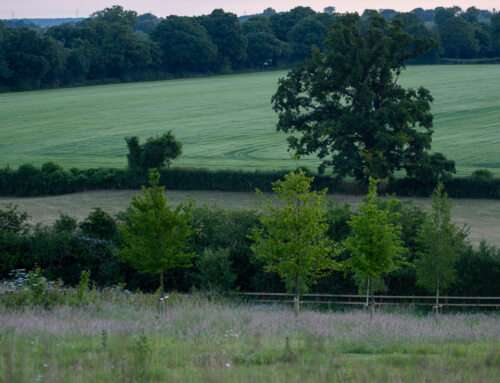Creating A Wildflower Meadow – A Labour Of Love
By Jared Hutchings
Have you ever picked up one of those bags of seed with a title like “Wildflower Meadow Mix” and a dreamy image of a grassy swathe, speckled with colour, like something painted by Monet. Did you imagine yourself sprinkling those seeds on a worn-out patch of lawn, and then sitting back waiting for nature to create a biodiverse haven? I was sold the dream too, but I have learned the hard way.

Lesson 1: Super-grass.
Your lawn may well be a disappointment to you, with moss or daisies destroying that aspirational green baize, and bare patches where last summer’s drought took its toll. But for wildflowers, grass is lethal competition. If you simply sprinkle wildflower seed onto an existing lawn in spring, then some wildflower seeds may germinate, but the existing grass will rapidly outcompete your new-borns. Removing all of the existing grass is one pre-condition for success, but beware the hidden weeds.
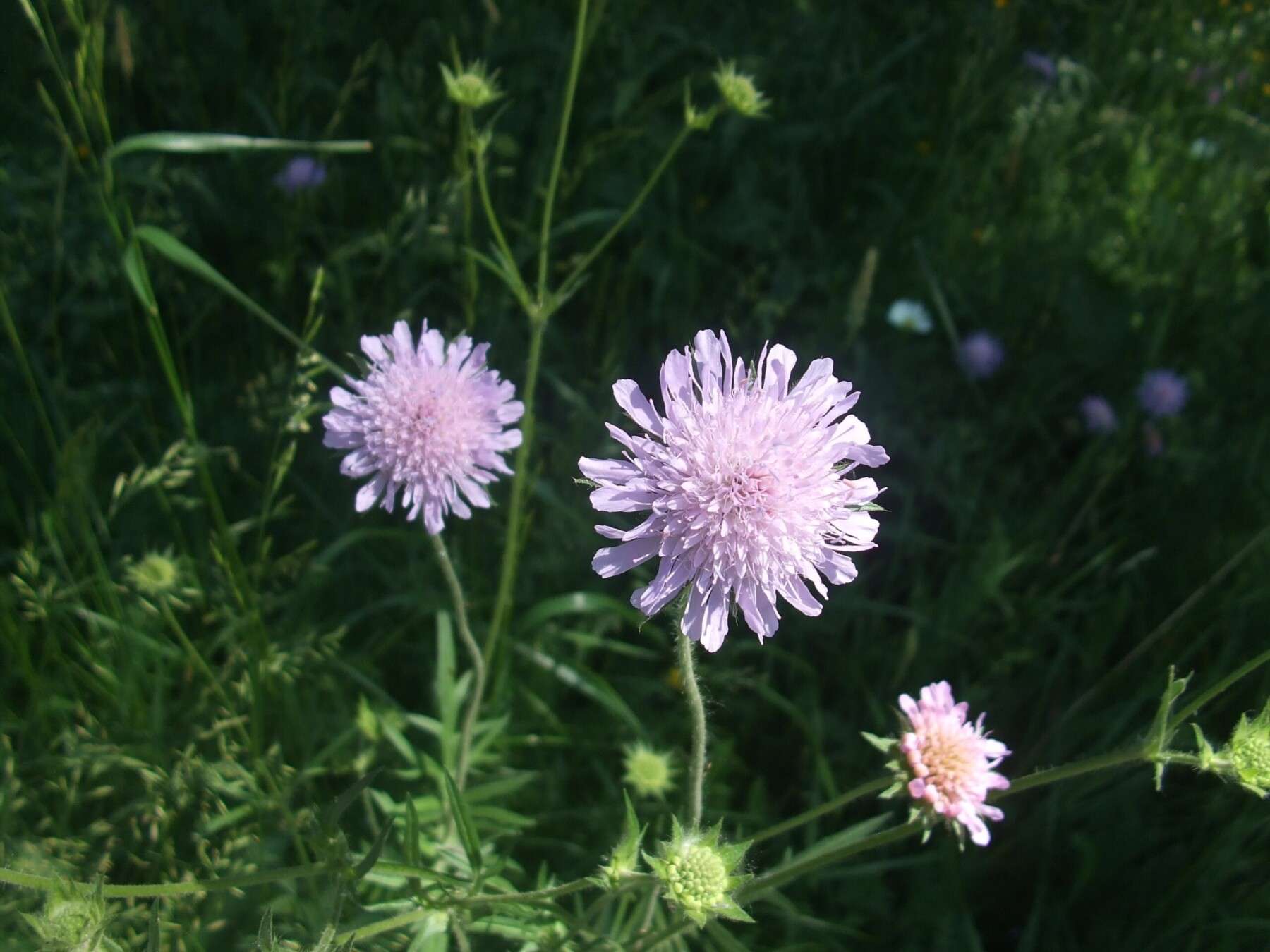
Lesson 2 :Dormant weed seeds.
Preparing a seed-bed for a wildflower meadow is similar to preparing a seed-bed for a new lawn – strip off any existing vegetation, dig over, remove stones, break up clods of earth, create a fine tilth, and gently compress the soil down. But if you now just sow your wildflower meadow seed in spring or autumn, the dormant seeds of weeds that you brought near to the surface will burst into life. Many of these weeds are annuals, so they germinate quickly, whereas your wildflower seeds are mostly perennial and are slower. Some of your wildflower seeds will need the chill of a winter to convince them to germinate in spring, so if you sowed them in spring, they might only germinate a year later when there is even more competition around. The solution: Prepare your seed-bed in late summer, but don’t sow your wildflower seed straight away. Allow the remaining warmth in the ground, the early autumn rain and then the chill of winter to stimulate the germination of weeds. Once that carpet of weeds has come up, pull (don’t dig) them out, or for large areas, spray them with herbicide. Repeat the process.
Lesson 3: Use the right mix.
Wildflowers grow best in soil with low nutrients, and this gives them the best chance to compete against grasses. The purists will even strip their topsoil and replace it with sand, but that seems a terrible waste. The alternative is to buy a wildflower mix with species that are suited to your soil. Emorsgate seed are excellent for this, and have seed depending on whether your soil has a lot of clay, sand or chalk; and whether the area is in full sun or partial shade. Seed specialists now often include yellow rattle in their mixes, as this is parasitic on grass and weakens it.
Lesson 4: Spring weeds.
So you’ve sown your meadow with an appropriate wildflower and grass mix in autumn, and it germinated. There will be weeds, again, and if you don’t deal with them now, then they will get ahead of the young wildflower plants. There is the dull task of tiptoeing through your nascent meadow, and removing the weeds, made all the more tricky because it can be hard to distinguish a young weed plant from a young wildflower plant. Your meadow might not be a sea of flowers in its first summer. Most are perennials, and a high proportion of the plants will spend year one focussing on growing, waiting till year two before flowering.
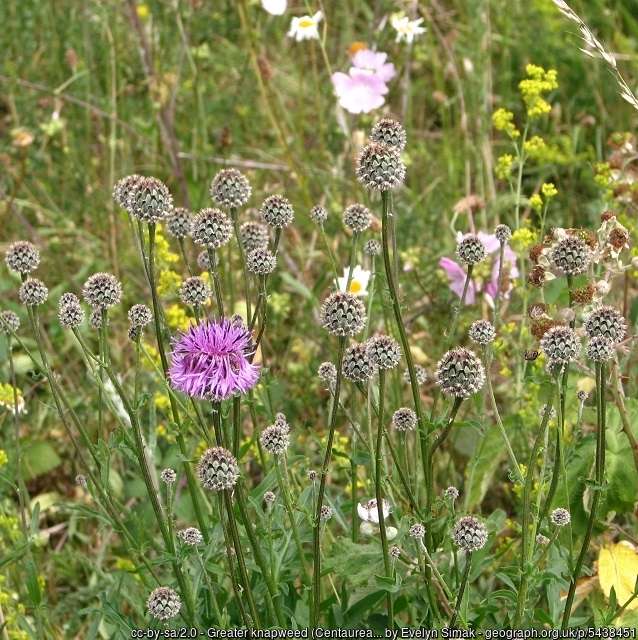
Lesson 5: Cheat with plug plants.
Establishing a wildflower meadow is a labour of love, and even with the best preparation, you might still not have the diversity you were hoping for by year 3. You can cheat by buying small plug plants suited to your soil in early spring, and planting them using a soil auger to create a small planting hole in your turf. Why not create the whole meadow this way, you might ask? You could, but it would be expensive.
Lesson 6: Maintenance:
Cut your meadow in late spring and early summer of year 1 only, as this will curtail the plants that have germinated and grown fast, and stop them shading those that emerge more slowly. In every year, wildflower meadows are cut in late July or early August (after your wildflowers have set seed), and then again in late September/October. At the first cut, you want the seeds of the wildflowers to drop into the soil so that they germinate in late autumn or spring. On the other hand, you need to remove the cuttings, otherwise, they will decompose and then enrich the soil with nutrients, benefitting the grass over wildflowers. So cut your meadow, but let the cuttings drop to the ground, leave it for a week or two to allow the seeds to filter down into the soil, and then remove the cuttings.
Lesson 7: Big cheat.
You can buy wildflower turf. Expensive, but it works. But where’s the pleasure in that?
Lesson 8: Too much work.
Well, you could just let your grass grow long and see what emerges from the natural seed bank. You will not get a diversity of flowers for many years, but you will save time mowing and add to biodiversity.
Reading:
James Hitchmough: Sowing Beauty, Designing Flowering Meadows from Seed
Pam Lewis – Making a Wildflower Meadow
Suppliers
Seed:
- Emorsgate: https://wildseed.co.uk/
- Charles Flower: http://www.charlesflower-wildflowers.co.uk/
Plug plants:
- Plant Wild https://www.plantwild.co.uk/how-to-choose-and-use-plug-plants/
- Cumbria Wildflowers: https://www.cumbriawildflowers.co.uk/
Wildflower turf: https://www.wildflowerturf.co.uk/
